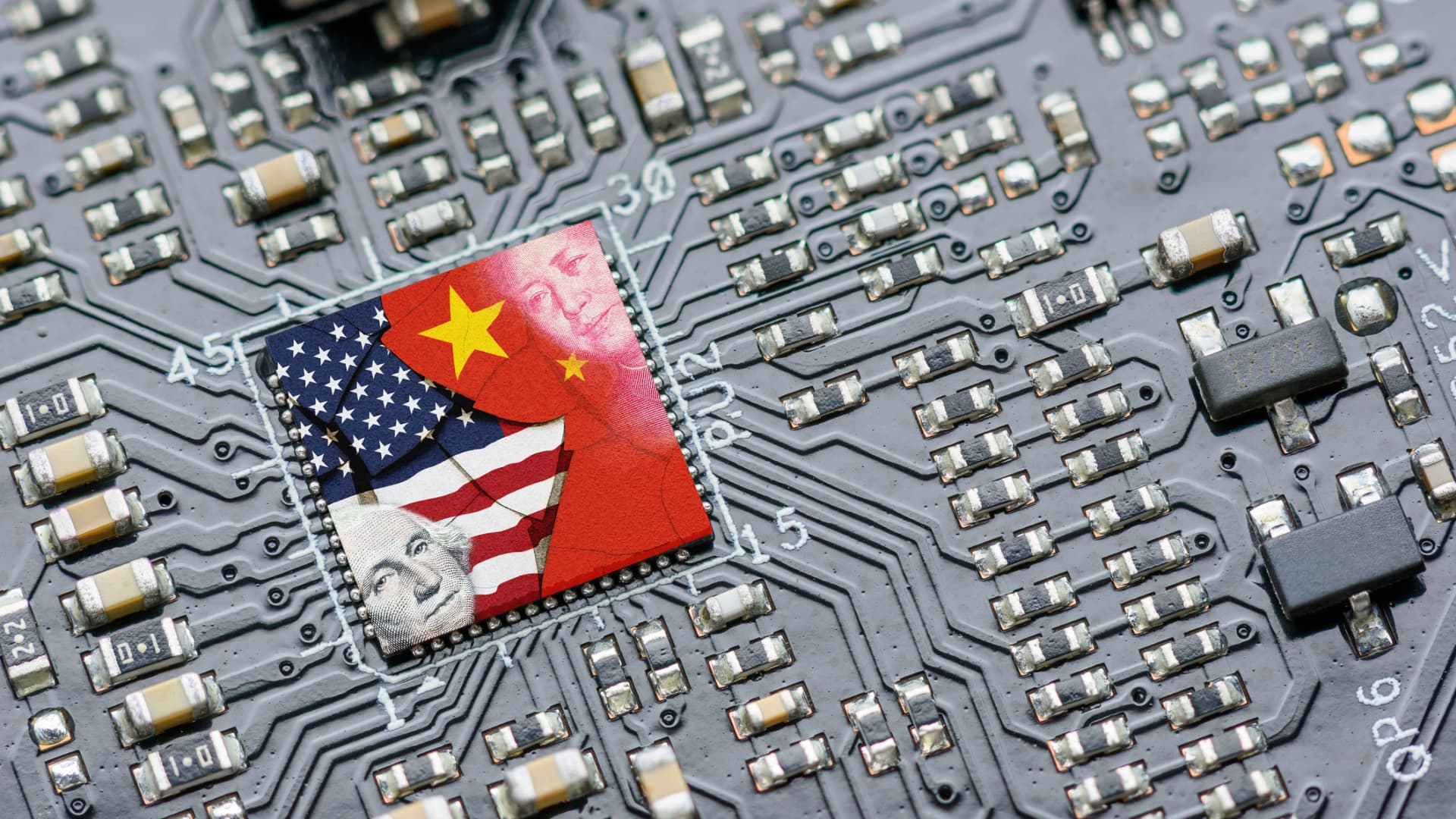China is restricting exports of two niche metals that are key to manufacture electronics and semiconductors, as the tech battle with the U.S. and Europe heats up.
Germanium and gallium are the two metals in the spotlight.
But what and how crucial are they?
Why is China slapping export curbs on the metals?
China and the U.S. have been locked in a technology trade war that has been escalating since 2019. The U.S. has used trade blacklists and sweeping export restrictions to cut China off from key technology components and semiconductors or chips.
These critical pieces of tech have become a focal point in the battle between the two superpowers.
China has not retaliated much so far, but in May labelled U.S. chip firm Micron a “major security risk.” Now, Beijing is looking to areas it has some strength in — the metals and materials that go into electronics and semiconductors.
China’s commerce ministry on Monday said that new regulations will require exporters of gallium and germanium to get a license to ship the metals. Beijing brought in the new rules on national security grounds.
What are germanium and gallium?
Germanium and gallium are metals that are not found naturally. They are instead formed, usually as a by-product of the refineries of other metals.
Germanium, a silvery-white metal, is formed as by-product of zinc production. Fellow soft, silvery metal Gallium, meanwhile, is a by-product of processing bauxite and zinc ores.
What are germanium and gallium used for?
Germanium has several uses, including in solar products and fiber optics. The metal is transparent to infrared radiation and can be employed in military applications, such as night-vision goggles.
The solar panels that contain germanium have applications in space.
Gallium is used for manufacturing the gallium arsenide chemical compound, which can make radio frequency chips for mobile phones and satellite communication, for example. That compound is also a key material in semiconductors.
Which country produces the metals?
China produces 60% of the world’s germanium and 80% of gallium, according to the Critical Raw Materials Alliance, an industry body.
Gallium arsenide is complex to produce, and only a few companies in the world can do so. One is located in Europe, while the others are in Japan and China, the CRM Alliance says.
How big of a deal are China’s curbs?
“A warning shot, not a death blow,” Eurasia Group said in a note on Monday.
“But these latest measures are more limited in scope, and while the new rules require Chinese exporters to first obtain a license, no language automatically bars export to specific countries or end-users.”
The U.S. and Europe don’t import huge amounts of these materials. The U.S. received $5 million of gallium metal and $220 million of gallium arsenide in 2022, according to government figures.
Germanium intake was higher, with the country taking $60 million of the metal, while the EU imported $130 million of Germanium in 2022, according to data from S&P Global Market Intelligence.
Other countries are also able to produce these metals. Belgium, Canada, Germany, Japan, and Ukraine can manufacture germanium. Japan, South Korea, Ukraine, Russia and Germany meanwhile produce gallium.
There are also potential substitutes for these metals.
China’s scale allowed it to produce them at a lower cost than elsewhere, but Eurasia Group notes that Beijing’s moves will have a “limited impact on global supply given the targeted scope.”
“It is a shot across the bow intended to remind countries including the United States, Japan, and the Netherlands that China has retaliatory options and to thereby deter them from imposing further restrictions on Chinese access to high-end chips and tools,” Eurasia Group said.
This story originally appeared on CNBC

